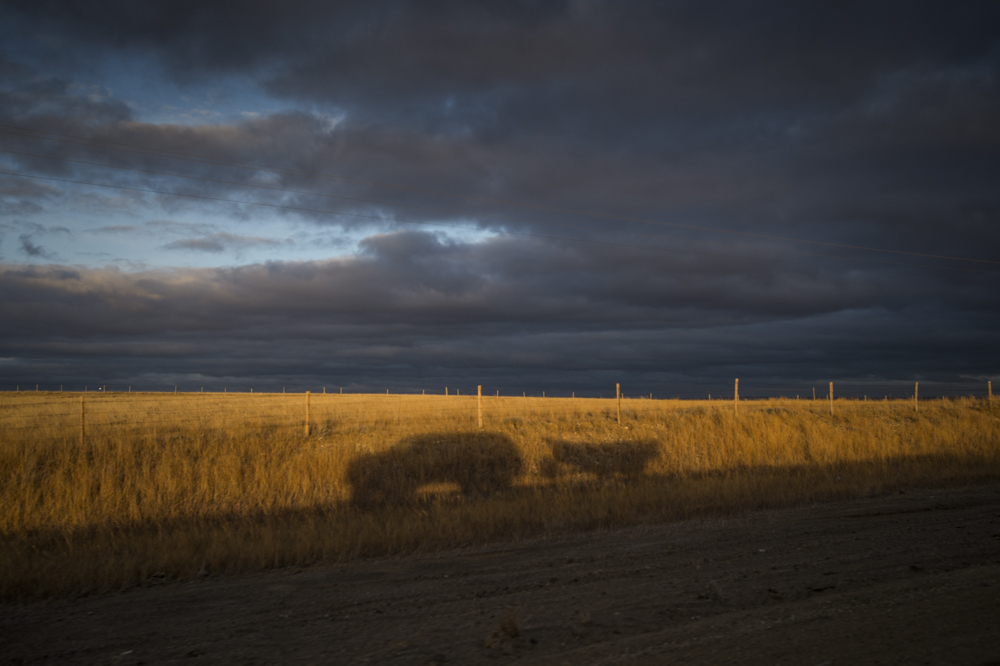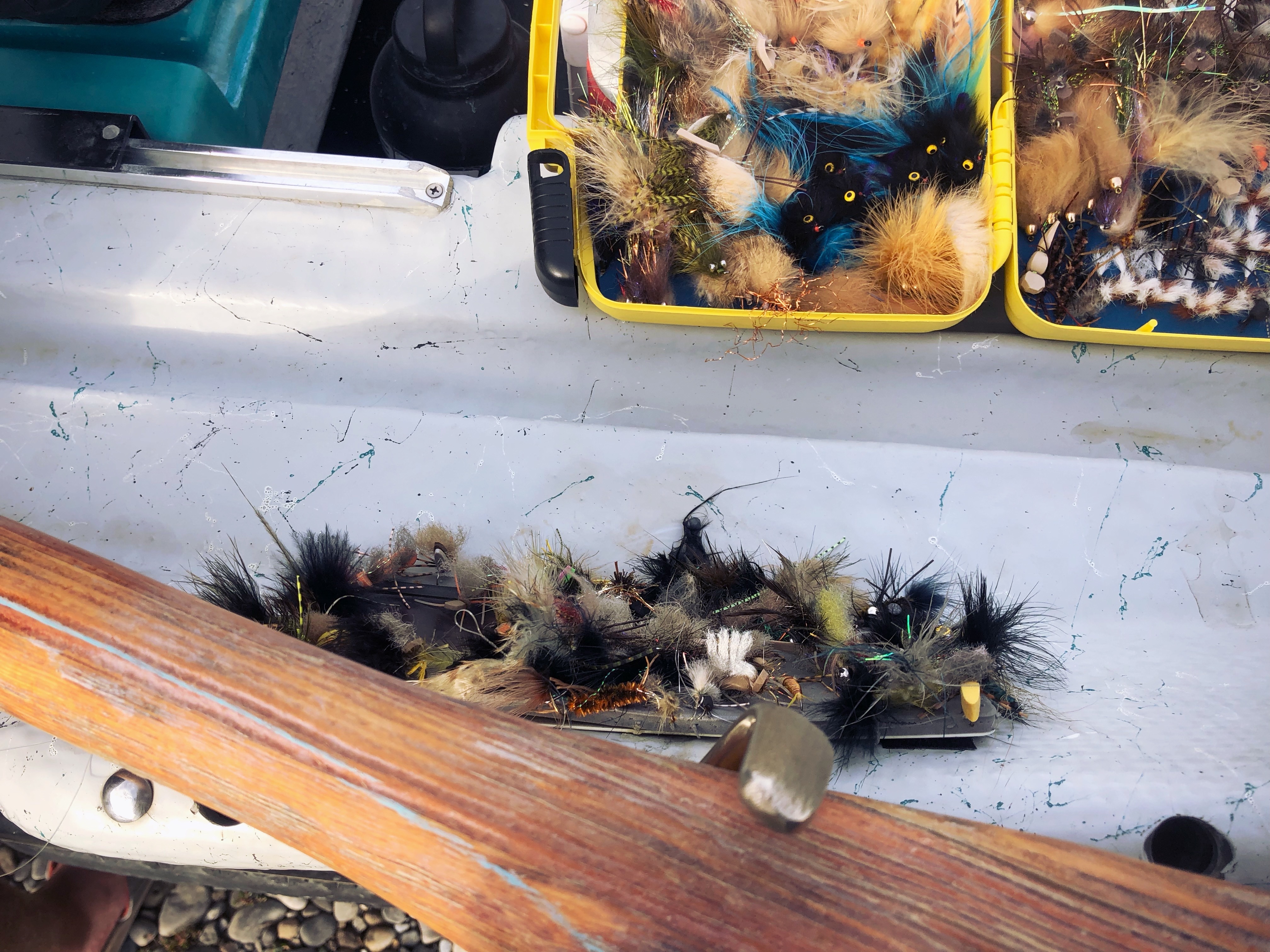Geartalk


News
Hard Lessons About EVs and Hybrids
The plug-in hybrid is the way to go, but you want to look for something that gets more than 20 miles range from a battery.


News
Soul Fly Lodge Giveaway
Enter the Soul Fly Lodge Giveaway to win a five-day, four-night stay in the Bahamas.


Skills
Helping Lisa
Teaching a student to recognize the cause of fly casting problems, and the corrections necessary to fix them.


News
Small Water: Where it All Begins…
Small rivers, streams and wetlands are literally the lifeblood of all aquatic ecosystems.
.svg)





